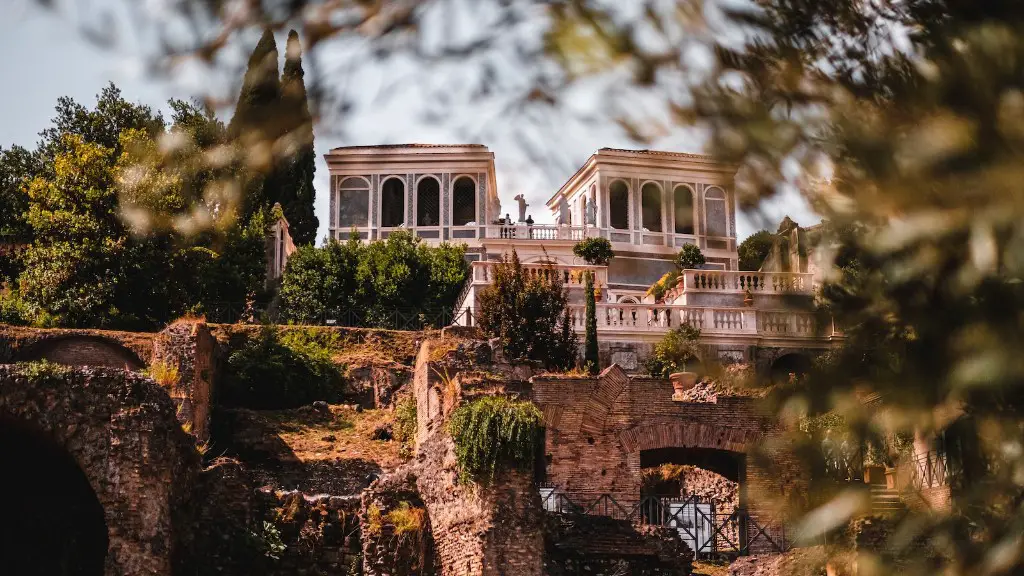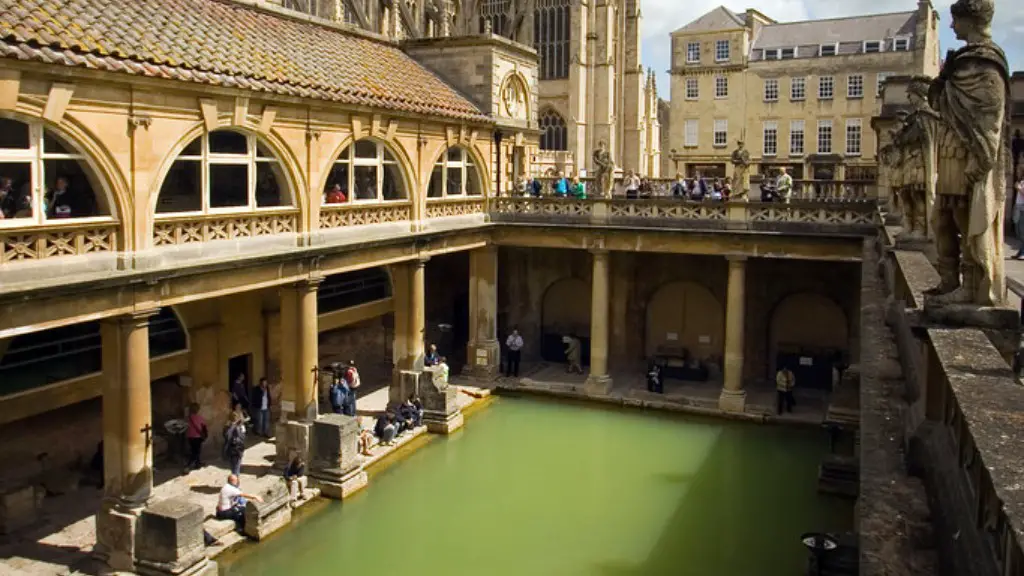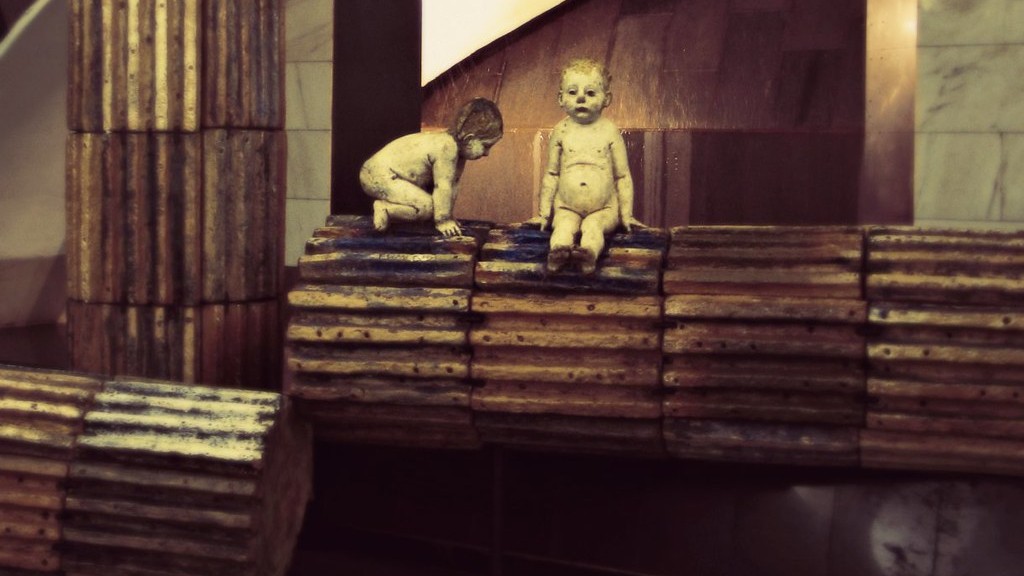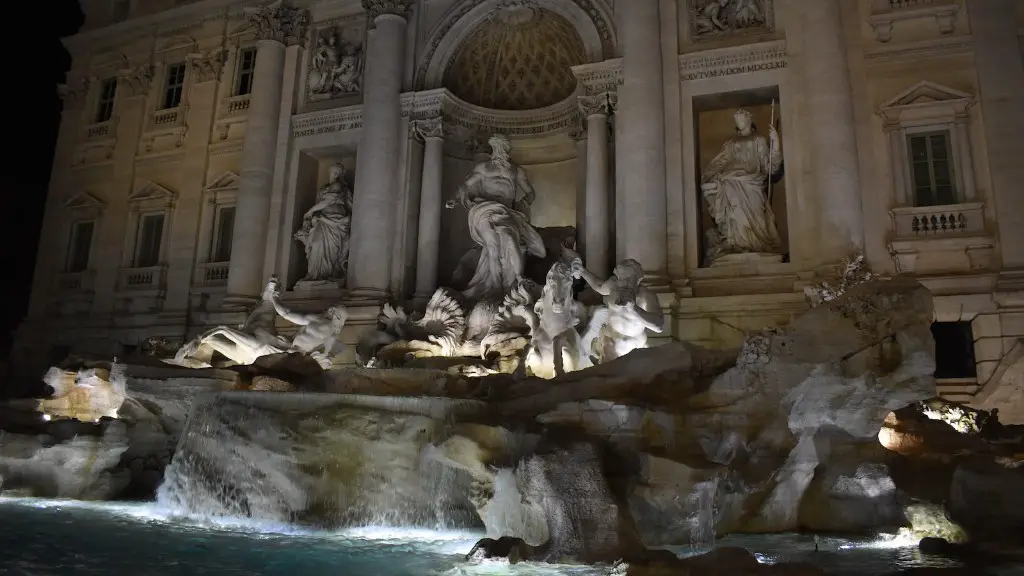Economy and Labour
Ancient Rome was an economic powerhouse, with its wealth due to its control of the Mediterranean trade network. Rome was also a major employer, boasting one of the largest slave populations in the world. Slaves had diverse and important roles in Roman society, and they provided labour for farms, factories, building projects, and even the legions. Slaves were also able to pursue their own lives within the limits of their stations.
Besides slaves, Rome was an attractive place to work, since there were a variety of occupations to choose from. The most lucrative was being a merchant, but there were also plenty of opportunities in skilled trades, including carpentry, tailoring, shoemaking, metalworking, and baking. The government employed many, while the military was another important source of employment. Soldiers in the legions not only served Rome, but also benefited from the steady wages, rations, and protection of their role.
At the other end of the spectrum were the lower classes, with their occupations limited to the most basic jobs. These included labourers, who fetched and carried for a modest wage, along with street peddlers, beggars, and entertainers. Despite their limited opportunities, these people played a crucial role in the Roman economy.
Leisure
The wealthy had ample opportunities for leisure activities, such as banqueting, chariot racing, theatre, gladiator games, and even bullfighting. In contrast, the lower classes had fewer options, but they were not entirely deprived. Some of the most popular activities included horse racing and gambling on dice games. People also enjoyed wine and music, and they frequently visited the many public baths.
It was also common to gather in forums, which served as informal centres of commerce and discussion. People often visited the forums in the afternoon, after their daily duties were complete. They could gossip, talk politics, and catch up on the latest news and opinions.
Religion was also a popular pastime in ancient Rome, with its many gods and goddesses. People worshipped in the temples and performed various rituals, such as offering gifts to their deities. The importance of religion was especially apparent during public holidays, when religious processions wound through the city.
Education and Literature
Ancient Rome was a highly literate society, and scholarly pursuits were valued in many circles. Education was available to both boys and girls, and wealthy families often hired tutors and sent their children to philosophical schools. At these schools, students were taught philosophy, rhetoric, and mathematics. Some of the leading teachers included the famous philosopher, Cicero, and the renowned rhetorician, Seneca.
Literature played an important role in Roman life, and libraries were a common feature in public buildings. The works of Virgil, Homer, and other authors provided many hours of entertainment. These works were not simply read for pleasure, however. They were also studied for educational and philosophical purposes.
Roman literature was also prized for its influence on the culture and society. Plays, for example, provided an outlet for expressing political views, and the circumstances of some plays were able to transcend the limitations of their time.
Building Projects and Infrastructure
Ancient Rome was known for its impressive building projects and infrastructure. Not only was Rome famed for its aqueducts and roads, but it was also renowned for its monumental structures, such as the Colosseum and the Pantheon.
These grandiose constructions required immense amounts of labour and resources, but they also helped to create and maintain a sense of civic pride. The Colosseum, for instance, was the site of bloody gladiator battles, which served to unite the people of Rome in a shared experience and promote loyalty to the empire.
The construction of public buildings and infrastructure was only possible due to the availability of human power and resources. Thousands of slaves, labourers, engineers, and other specialists helped to build the city and make it the marvel that it was.
Culture and Art
The culture of ancient Rome was eclectic and often contradictory. The Greeks, who conquered Rome centuries before, had a strong influence on Roman culture, with their gods and customs. The Romans had their own traditions, which were even more varied and multi-layered.
Rome was renowned for its art and literature, with works such as the frescos in the Baths of Caracalla, the paintings of the Sistine Chapel, and Virgil’s Aeneid. Artistic expression also flourished in more subtle forms, such as mosaics, jewelry, and pottery.
The Roman people expressed their culture in a variety of ways, through festivals, plays, music, and dance. They also expressed their passions through religion, engaging in ceremonies and processions that expressed their devotion.
Government and Politics
The government of ancient Rome was a complicated and multi-layered structure. Most of the power rested with the emperor, who was an absolute ruler and commanded both the military and the civil bureaucracy. This bureaucracy was expansive and included various levels of appointments, from administrative clerks to governors and provincial governors.
The emperor was not always popular, and he was subject to criticism from both the nobility and the common people. Despite this, he was ultimately responsible for the success or failure of the government. Besides the emperor and his appointed officials, the political system consisted of the Senate, the Senate’s Plebeian Council, and the assemblies.
The Senate was composed of members of the old nobility, while the Plebeian Council represented the common people. The assemblies gathered to elect magistrates and pass legislation. All of these institutions interacted in different ways, and they helped to create the complex bureaucracy of the Roman Empire.




